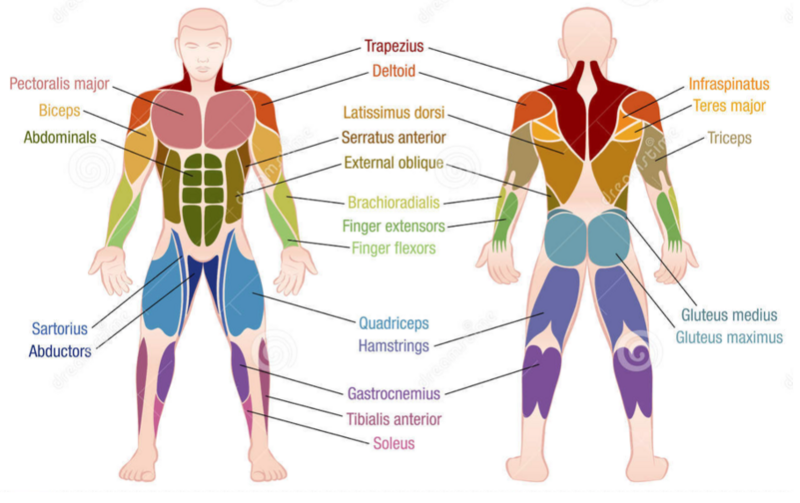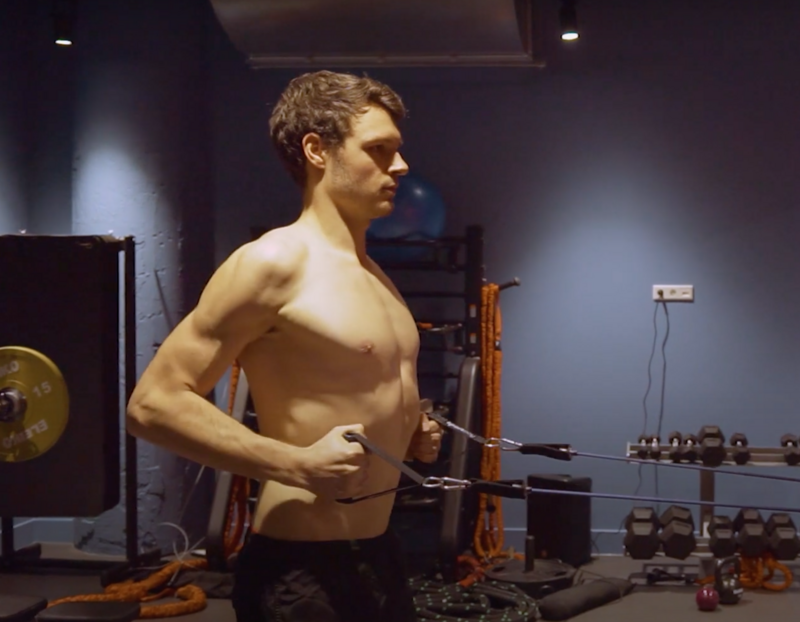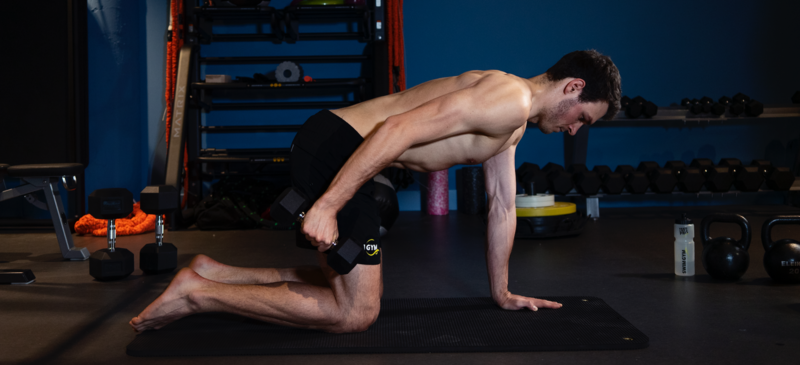Swimming blog - TRAINING HOW STRENGTH TRAINING IMPROVES YOUR SWIMMING
Back in the day swimmers never laid eyes on strength training. They were taught that strength training would make them bulky, slowing them down significantly. Nowadays we know this is not the case. Strength and power seem necessary for a successful swimming performance. And this is not just for sprinters, long distance swimmers also benefit from it. If you want to know why and how to invest in a strength training, please tag along.
Why so?
Strength training has two main goals. Firstly, it is to develop a solid foundation of strength and power, which will make your swimming stroke stronger and more powerful. Secondly, strength training can reduce your chance of getting injured because it addresses your muscle strength imbalances. This means strength training makes your weaker muscles stronger, which reduces the chance of them getting overworked.
Swimming requires the ability to produce a given amount of force repetitively over multiple strokes. In other words, you need to be able to push back water continuously with each stroke you take. To be able to do that, it is simply essential that you are strong enough. Based on research, it is clear that swimmers who do strength training have more strength and power in the water. The goal here isn’t to make your muscles bigger, but to build strength and power. Nevertheless, every swimmer is unique and if you are skinny, your muscles will definitely grow in order to improve your strength and power.
Strength training is also needed for injury prevention, where shoulder injuries are most common among swimmers, and the main cause of these is overuse. Prevention can usually be addressed by increasing the strength of the stabilizing muscles around the shoulder joint.
How so?
To be able to become stronger you have to continually demand more from your body.
The human body has a natural ability to stay as it is, but to make it stronger, you must continually make your muscles work harder than they are used to. This is where strength training comes into play. It’s important to realize that strength training isn’t meant to perform exercises which completely mimic swimming. You want to work on exercises that make you stronger, and thereafter apply your strength in the pool.
A weekly dryland session with bands and bodyweight exercises is more than enough for beginner, intermediate and even advanced level swimmers who don’t have a lot of muscle. After doing dryland for a while, you can start to work on your strength. To build strength you need to demand even more from the body by for instance incorporating some weights into your dryland. The exercises that you do are based on the muscles used for swimming, namely the lats, triceps, pectoral, core, quadriceps, and shoulder muscles. Here are the most effective exercises you could perform per muscle group:

Back muscles (Latissimus Dorsi or Lats)
The lats, with other words the back muscles, are responsible for the first half of your pull. From the moment your hand enters the water until it passes your chest, your pull is dominated by the lats. The most prominent exercise to make your lats stronger is the pull up, and the only equipment you’ll need is a bar. As you become stronger you can make this exercise harder by adding extra weight by using of weights or a backpack. However if you are new to strength training, or not in possession of a bar, you can also do various row variations with an elastic band (see picture below).

Triceps
The back muscles of your upper arm are called triceps. These muscles are responsible for the second half of your pull. Without enough strength in your triceps, you won’t be able to fully take advantage of the final part of your stroke. To build strength in these muscles you can incorporate dips into your strength training. To make them harder, add on some weight. The weighted push-out is another option (see picture below).

Chest muscles (Pectoral Major or Pectoral Muscles)
The pectoral muscles, also known as chest muscles are used during the first half of the pull, together with the lats. Pectoral strength is built with bench pressing, but if you don't have access to a barbell then you could incorporate (weighted) push ups to your resistance training. If you're new to lifting you could also do a easier version of the push up on the knees or elevated with the hands on a higher surface.
Core (abdominals & external obliques, among others)
Core strength is necessary to optimize your body position while swimming and to be able to keep your body stable while rotating. It is best to combine static core exercises with rotational core exercises, and try to do a total of 200 reps during your session. Watch our core workout here.
Upper legs (Quads or Quadricep muscle)
The quads, namely the front of the upper legs, play an important role during stars, turns and kicking. The squat (see picture below) is the exercise you should consider to build quad strength, and to make it harder you can add weight by using a barbell or dumbbells.

Shoulder muscles (trapezius, deltoid, infraspinatus, teres major, biceps, among others)
To prevent shoulder injuries from occurring, rotator cuff exercises should be done during every session. Seated or standing external rotation and standing internal rotation exercises are very useful for this cause.

Try to incorporate one exercise per muscle group into your workout, which is enough to build adequate amounts of strength and power. To quickly translate this strength into your swimming, try to also include some strength based swimming. This is for instance pulling (with paddles), kicking or sprinting (with fins). Put in the work and you will become unstoppable! Enjoy this journey to a more powerful you!
